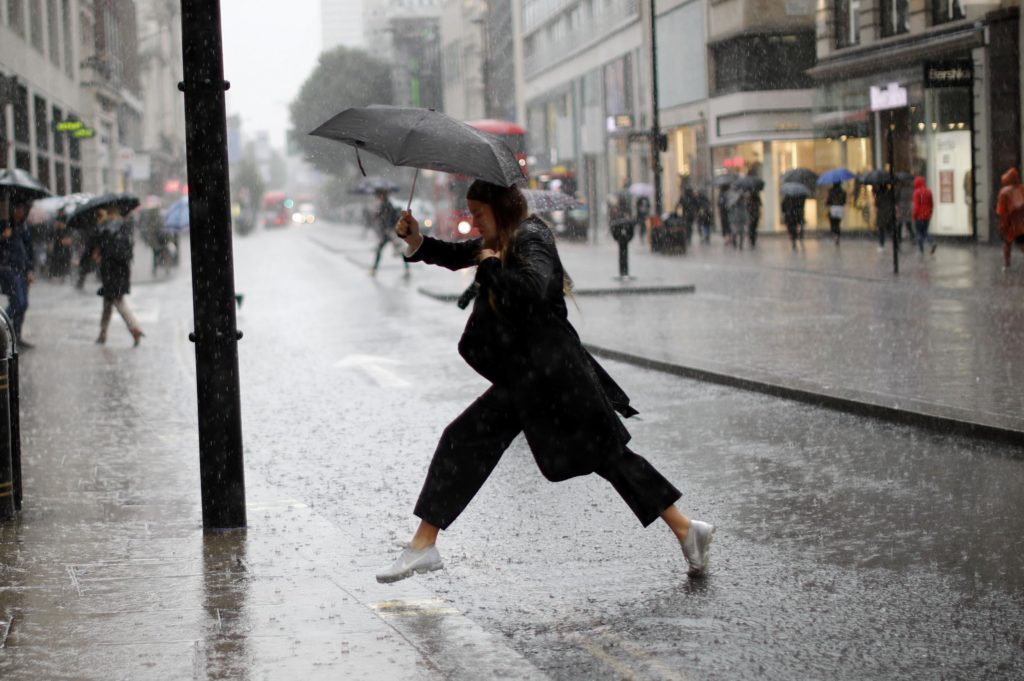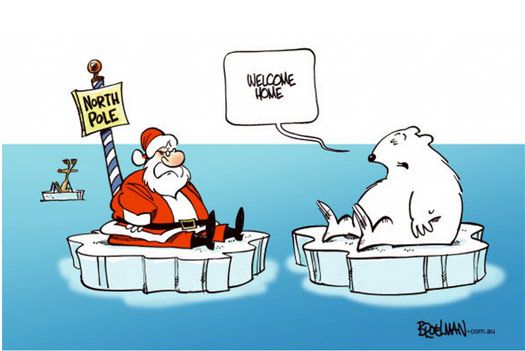European Monsoon – What, Why, Where, When, How?

From Current Affairs Notes for UPSC » Editorials & In-depths » This topic
IAS EXPRESS Vs UPSC Prelims 2024: 80+ questions reflected
What is the monsoon?
- Monsoon is defined as a change or shift in the prevailing wind direction every 6 months in the Indian subcontinent.
- Monsoon is caused by the difference in temperature between land and sea, which brings a seasonal and predictable period of considerable rainfall.
- The Indian monsoon is the best example of these weather systems and is a life force for more than 1 billion people in the Indian subcontinent.
What are westerlies?
- Westerlies are winds that blow from west to east between 300 and 600 latitudes in both the hemispheres.
- Westerlies blow above the subtropical highs in the northern hemisphere and below the subtropical highs in the southern hemisphere.
- The higher the altitude, the more noticeable westerlies become.
What is Jetstream?
- Jet streams are very high-speed wind system that lies at the core of the westerly winds.
- Each westerly has two jet streams i.e., Polar jet stream and Subtropical jet stream. Polar jet stream lies closer to the poles. Whereas, the subtropical jet stream lies at a slightly lower latitude in the subtropical region.
What is European Monsoon?
- European monsoon is not really a monsoon in a sense, but more of a poorly defined phenomenon that generally applies to a return of westerly winds in the months of June and July which causes a change in the general weather pattern in Western Europe.
- Westerlies are a common phenomenon during the European winter, but they become dormant during spring in the months of March, April and May. The wind revives again in June, and that is why this phenomenon is often referred to as “the return of the westerlies”.
- It is the result of a resurgence of westerly winds from the Atlantic, where they take up moisture and then showers in the western European countries especially the United Kingdom (UK).
Where does the European Monsoon occur?
The return of the westerlies affects Europe’s coastline in the North Atlantic (western Europe), that is, Ireland, Great Britain, Benelux countries (Belgium, Netherlands, Luxemburg), Western Germany, Northern France and parts of Scandinavia (Norway, Sweden, Finland and Iceland).
How is European Monsoon different from Indian Monsoon?
- Indian Monsoon is fuelled by the difference in temperatures between land and sea. European Monsoon is more of cyclonic low-pressure systems that travel along the portion of the gulf stream (an oceanic current in the Atlantic Ocean). Hence, European Monsoon is not a monsoon since it doesn’t meet the criteria to qualify as a monsoon.
- Indian Monsoon is a prevailing wind which brings a seasonal, highly predictable and significant rainfall. Whereas, those traits cannot be seen in the European Monsoon which is unpredictable and may cause torrential rainfall sometimes.
Also Read: Seaweeds – From healthy food to climate change mitigation
What are the causes of the European Monsoon?
- The exact cause for the change in the general weather pattern is unknown, but climatologists generally link it with the warming over continental Europe.
- There are other factors such as retreat or melting of ice and snow from northern Canada and the warming in the northern Pacific Ocean which may have influence over the European Monsoon.

- Even though there is no direct connection with the Asian and African Monsoons, it has been suggested that the European Monsoon may be caused due to a shift in high-level jet stream winds over the Himalayas which directly affect the monsoon in the European region.
- There are also suggestions that it is a result of changes in the wind circulation in other parts of the world.
How frequently does the European Monsoon happen?
- Records suggest that on an average, the European Monsoon occurs in seven out of every ten years.
- The climatologist H.H. Lamb found that over a period of 70 years the return of the westerlies (E. Monsoon) happens with a regularity of around 84-89%.
Also read: Artificial Leaf – The next big thing in the fight against climate change
What are its effects on the European weather?
- The return of the westerlies is more commonly associated with the change in weather patterns such as increased rainfall, temperatures in the low 20s, thunder and strong winds during June and July (summer) in the western European countries.
- The rain usually arrives in two waves, first at the beginning of June and again in mid to late June or July.
- Climatologists suggest that the European Summer Monsoon could become a more common phenomenon as global warming continues.
Conclusion
Europe is a continent with a variety of ecosystems, climates, and it attracts tourists in both summer and winter seasons. These tourist attractions are some of the economic sectors that could be severely affected due to a warming and changing climate. Hence there should a clear research on the causes of European Monsoon in order to prevent any adverse effects in the future.
If you like this post, please share your feedback in the comments section below so that we will upload more posts like this.

